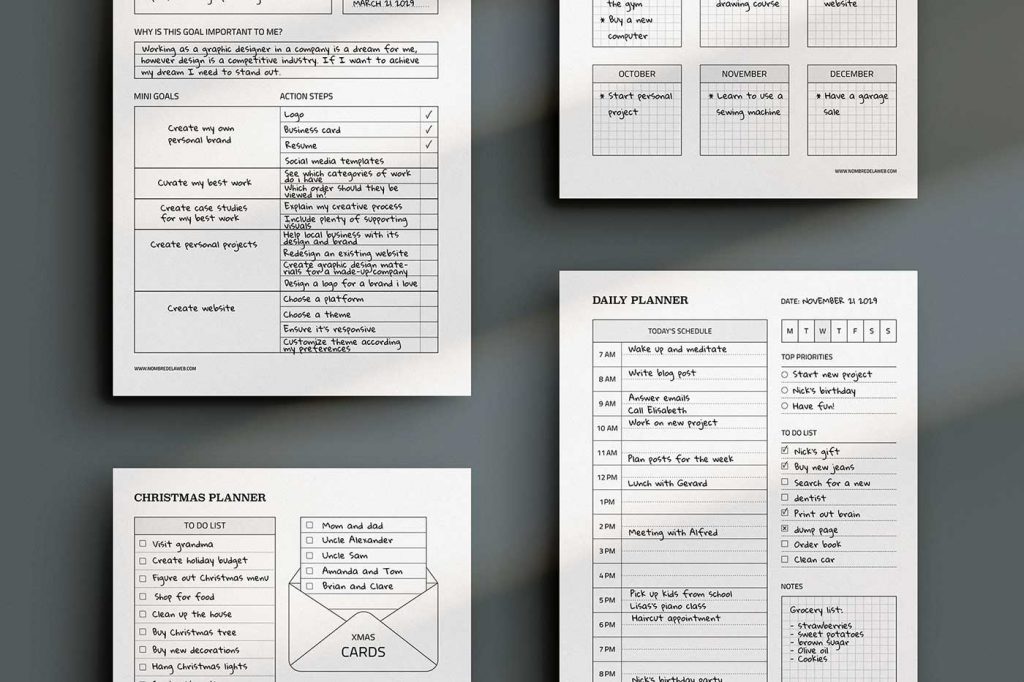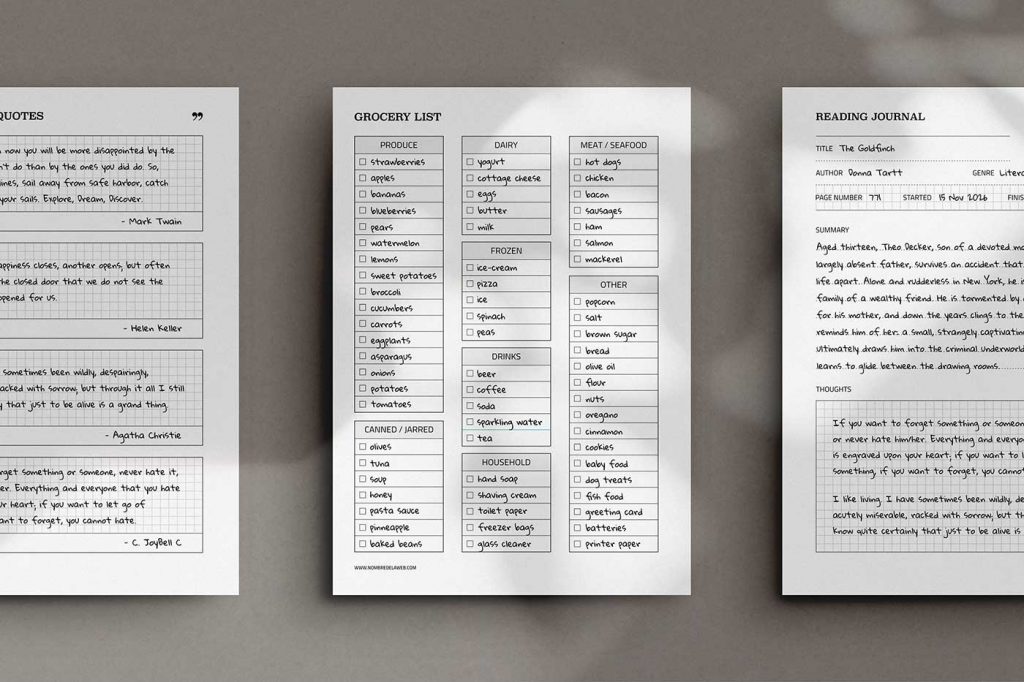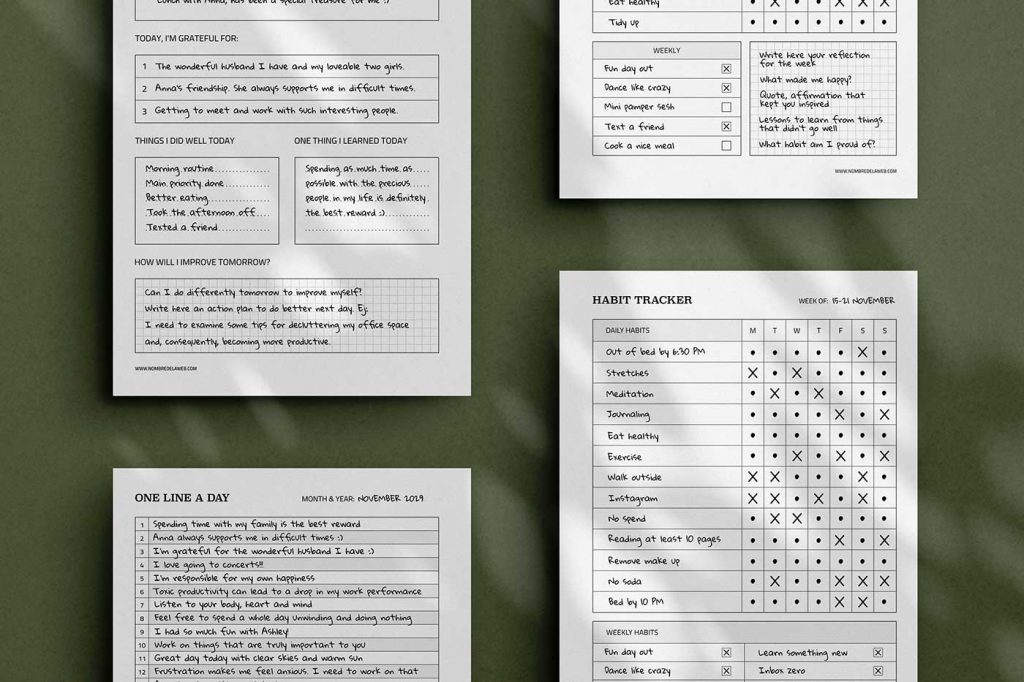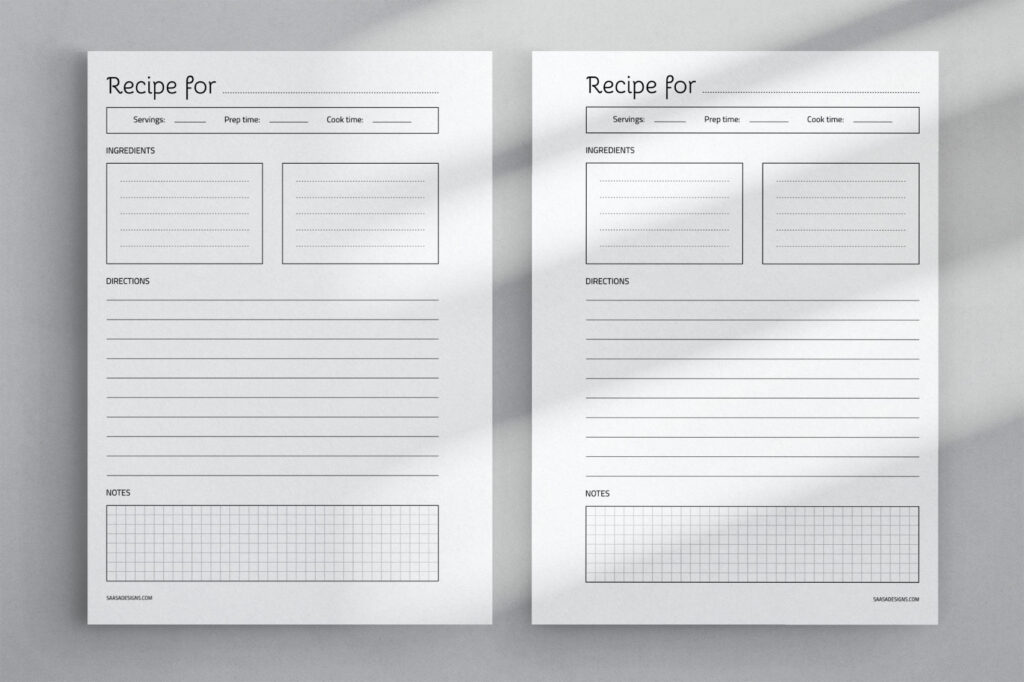In our busy lives, every task and responsibility—from work projects to personal commitments and academic goals—can seem equally urgent and important. So, how do you navigate this flood of demands and determine where to focus your energy first? The answer is mastering the art of effective prioritization.
This post will guide you through the process of setting priorities, offering practical techniques to help you identify what matters most across different areas of your life. By applying these skills, you’ll enhance your efficiency and achieve a more organized and rewarding life.
The Concept of Prioritizing Tasks
Prioritizing tasks involves evaluating and ordering them based on their importance and urgency. This process helps you focus on activities that have the most significant impact and should be tackled first, while postponing less critical tasks. Effective prioritization aligns your efforts with your goals and values, allowing you to manage your time better and avoid the stress of trying to address everything simultaneously. It’s a crucial skill for handling complex schedules and competing demands in both personal and professional contexts.
Techniques for Setting Priorities
When it comes to setting priorities, having a structured approach can make a world of difference. Here are some key techniques for effectively setting priorities:
1. The Eisenhower Matrix: This tool helps you categorize tasks into four quadrants based on urgency and importance:
- Urgent and Important: Tasks that need immediate attention and contribute significantly to your goals. Handle these first.
- Important but Not Urgent: Tasks that are crucial but not time-sensitive. Schedule these for a later time to ensure they get done.
- Urgent but Not Important: Tasks that require quick action but don’t significantly impact your long-term objectives. Delegate these if possible.
- Not Urgent and Not Important: Tasks that offer minimal value. Consider eliminating or postponing these.
2. The ABCDE Method: Rank tasks by assigning them letters based on their priority:
- A: Tasks that are highly important and must be done immediately.
- B: Tasks that are important but can wait.
- C: Tasks that would be nice to do but have little impact.
- D: Tasks that can be delegated.
- E: Tasks that can be eliminated.
3. The Pareto Principle (80/20 Rule): Identify the 20% of tasks that will yield 80% of the results. Focus on these high-impact tasks to maximize productivity and effectiveness.
4. The Ivy Lee Method: This technique involves focusing on a small, manageable number of tasks each day:
- At the end of each day, write down the six most important tasks you need to accomplish the next day.
- Prioritize these tasks in order of importance.
- The next day, start with the most important task and work through your list sequentially.
- At the end of the day, review what you accomplished and create a new list for the following day.
5. Time Blocking: Allocate specific blocks of time for different types of tasks or activities. For instance, set aside a block in the morning for deep work and another block in the afternoon for meetings or administrative tasks. This technique helps you manage your time more effectively and ensures that high-priority tasks receive dedicated focus.
6. The Four Ds (Do, Defer, Delegate, Delete): This method helps you handle tasks more efficiently by categorizing them into four actions:
- Do: If a task can be completed quickly (typically within 2 minutes), do it immediately.
- Defer: If the task is important but not urgent, schedule it for a later time.
- Delegate: If the task can be done by someone else, delegate it to them.
- Delete: If the task is neither important nor urgent, consider eliminating it from your to-do list.

Factors to Consider When Prioritizing
When setting priorities, several factors should be taken into account:
1. Impact and Outcome: Consider the potential impact of each task on your overall goals. Focus on tasks that will lead to significant progress or positive outcomes. Prioritizing high-impact tasks ensures that your efforts yield the greatest benefits.
2. Deadlines and Time Sensitivity: Factor in deadlines and time constraints when prioritizing. Tasks with imminent deadlines or those that are critical for other dependencies should be addressed promptly to avoid last-minute rushes and stress.
3. Resources and Constraints: Assess the resources you have available, including time, energy, and support. Tasks that require specific resources or have dependencies should be scheduled according to availability and feasibility.
4. Personal Values and Goals: Align your priorities with your personal values and long-term goals. Tasks that resonate with your core values or contribute significantly to your personal and professional development should take precedence.
5. Energy Levels and Focus: Be mindful of your own energy levels and concentration capacity. Tackle high-priority tasks when you are most alert and focused, and reserve less critical tasks for times when your energy is lower.
6. Long-term vs. Short-term Benefits: Balance tasks that offer immediate rewards with those that contribute to long-term goals. Prioritizing tasks that support future success, even if they don’t offer instant gratification, can help achieve sustained progress.
Top Tips for Managing Procrastination
Procrastination can derail your ability to prioritize effectively. Here are some strategies to overcome it:
- Break Tasks into Smaller Steps: Large tasks can seem overwhelming. Breaking them into smaller, manageable steps makes them easier to tackle.
- Set Clear Deadlines: Create specific deadlines for each task to build accountability and motivate yourself to complete them on time.
- Use the Pomodoro Technique: Work in short, focused intervals (e.g., 25 minutes) followed by a short break. This technique can improve focus and reduce the tendency to procrastinate.
- Eliminate Distractions: Identify and minimize distractions in your environment to maintain focus and productivity.
- Reward Yourself: Set up a reward system for completing tasks to create positive reinforcement and maintain motivation.

Real-World Applications of Prioritization Techniques
Implementing prioritization techniques in real life involves practical application:
1. Work Projects: Start by listing all tasks associated with a project and categorize them by importance and deadlines. Use methods like the Eisenhower Matrix to sort tasks into categories. Focus first on the tasks that fall into the “urgent and important” category to ensure timely and effective completion of critical work.
2. Personal Life: Apply prioritization techniques to personal goals and daily activities. Create a to-do list that includes both short-term tasks, like running errands, and long-term goals, such as pursuing a hobby or improving health. Use the ABC method to rank these tasks by their significance and deadline, ensuring that essential personal responsibilities are managed alongside your work commitments.
3. Academic Studies: For students, prioritizing assignments and study sessions can significantly enhance academic performance. Break down larger projects into smaller, manageable parts and use time management techniques like the Pomodoro Technique to maintain focus. Prioritize tasks based on deadlines and difficulty, addressing the most challenging subjects when you are at your peak energy levels.
4. Team Management: When leading a team, prioritize tasks based on their impact on project goals and deadlines. Use project management tools to allocate tasks effectively, ensuring that team members are working on high-priority items first. Regularly review and adjust priorities based on progress and any emerging issues to keep the team on track.
5. Household Responsibilities: Apply prioritization to household chores by creating a list of tasks that need attention. Use techniques such as the Eisenhower Matrix to determine which tasks are both urgent and important, like paying bills or addressing urgent repairs. Delegate tasks when possible and schedule regular maintenance tasks to prevent them from becoming overwhelming.
6. Long-Term Goals: For broader objectives like career advancement or personal development, prioritize actions that align with your long-term vision. Set clear milestones and regularly review your progress. Focus on activities that offer the greatest benefit toward achieving these goals, and adjust your priorities as needed based on changing circumstances and opportunities.
Conclusion
Mastering prioritization is crucial for handling the demands of today’s busy world. When you nail how to set and juggle your priorities, you can boost your productivity, reduce stress, and create a more balanced life. So, take a moment to assess your current priorities and use these strategies to simplify your tasks.
Want more tips on increasing productivity and managing your time like a pro? Keep diving into my articles!






Leave a Reply